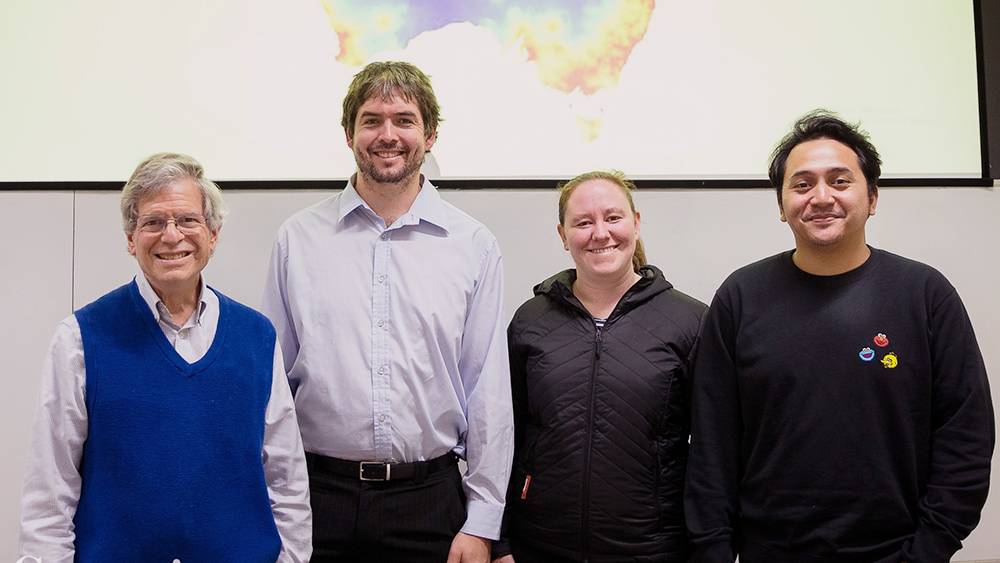
Employee assistance programs (EAPs), voluntary workplace-based counselling programs, are widespread across industrialized countries, including the U.S., Canada, and Australia. Today, a team of researchers from the U.S. and Australia published the first known controlled economic evaluation of an EAP. This study analyzed the EAP of the Department for Education of the State of South Australia, which serves 27,753 employees and their dependents. The authors found that every dollar invested in this EAP generated over three dollars of benefits through improving staff absenteeism and job performance.
Specifically, the article calculated that these economic benefits to the Department were worth $1,021.48 for each employee receiving counselling, or 3.34 times their cost ($306.09), a highly favorable result.
This article took a fresh, expansive view, according to senior author and Heller Professor Donald S. Shepard. “To incorporate the full impact of this EAP, we also have to include the expected improvement in students’ outcomes and their expected lifetime earnings,” says Shepard. Including this societal benefit would raise the benefit-cost ratio to 3.51.

“The issues at stake here are broad. Most large organizations – both in the U.S. and Australia – have EAP programs, so this research is equally applicable to many international stakeholders,” he says.
The article, titled “Cost-benefit analysis of an employee assistance program for a geographically dispersed workforce in South Australia,” is published in the Journal of Workplace Behavioral Health and authored by Tony Elson, Susan Heinrich, Jane Richards, Rama Wirawan and Donald Shepard.
The research began during Professor Shepard’s stay in Adelaide, where he was the Fulbright Distinguished Chair of Applied Public Policy at Flinders University and Carnegie Mellon University in Australia. The study was finalized following his recent return to Brandeis University, where he heads the Cost and Value Group at the Heller School's Schneider Institutes for Health Policy.
In addition to quantifying the benefits and costs of the Department’s EAP, the article also addressed the challenges for staff outside of metropolitan Adelaide, and especially those in remote areas.
The study found that while telephone sessions were available to EAP users, in-person sessions were preferred. The average number of sessions for in-person participants was 49 percent higher than for telephone-only users. This preference for in-person sessions presents a challenge for Department employees in regional and remote areas, where the nearest in-person EAP opportunity is generally many hours away.
Australian national survey data indicated that regional and remote residents face greater mental health-risk challenges than those in major cities. However, utilization of EAP services was significantly lower for employees outside metropolitan Adelaide.
The authors recommend proactive measures to increase utilization of EAP services outside of Adelaide, including seminars, videos, business cards, and other promotion for this beneficial service.
